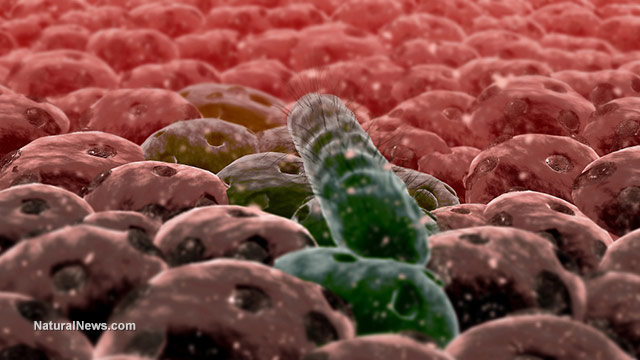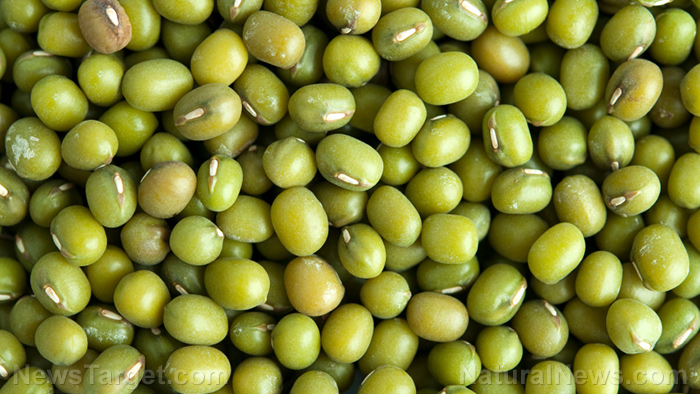Air pollution damages the lungs of birds, study finds
09/05/2018 / By Ralph Flores

Factories that spew high levels of carbon in the air affect nearby ecosystems, as demonstrated by a study in the Australian Journal of Basic and Applied Sciences. In the study, researchers found that ducks in areas where there are brick factories and oil fields have aggregated levels of carbon in their lungs, which can result in problems in their respiratory systems.
- Researchers, in particular, looked at cases of miner’s lung (anthracosis) in ducks residing in different areas in Wasit province in Iraq. To determine this, researchers used tissue staining to check for carbon particle deposits.
- To check for apoptosis expressions in cells, researchers used acridine orange/ethidium bromide (AO/EB) stains, as well as an electron microscope to determine the morphological shape of the carbon deposit.
- From the findings, researchers found that the carbon accumulation in the lungs of the ducks led to the development of black lung (anthracosis).
- A histological examination revealed similar results: Lung tissue samples from three ducks in three different areas of Wasit province tested positive for carbon accumulation in the alveolar macrophages. In areas where brick factories are present, two forms of carbon were found in the samples: single-walled carbon nanotubes (SWCNT) and multi-walled carbon nanotubes (MWCNT), while the Al-Ahdab oil field only had SWCNT present.
- Electron microscope scans showed the morphology and shapes of the carbon nanotubes present in both polluted areas; in particular, a fluorescence microscope found signs of early- and late-stage apoptosis in the alveoli. The amount of apoptosis, however, was greater in areas where brick factories are present than in the oil field.
Based on the findings, the researchers concluded that carbon emissions, in particular, from brick factories, has an unhealthy effect on the respiratory system of ducks.
Read the full text of the study at this link.
Learn more about the effects of pollution on wildlife by following Pollution.news.
Journal Reference:
Al-Badri A, Al-Karadi H. HISTOLOGICAL, FLUORESCENT &ELECTRON MICROSCOPE STUDIES FOR EVALUATION CARBON ACCUMULATION IN LUNG OF BIRDS IN POLLUTED AREA IN WASIT PROVINCE. Australian Journal of Basic and Applied Sciences. 18 October 2017;11(13):148–157.
Tagged Under: anthracosis, black lung, carbon emission, ducks, miner's lung, Respiratory System




















